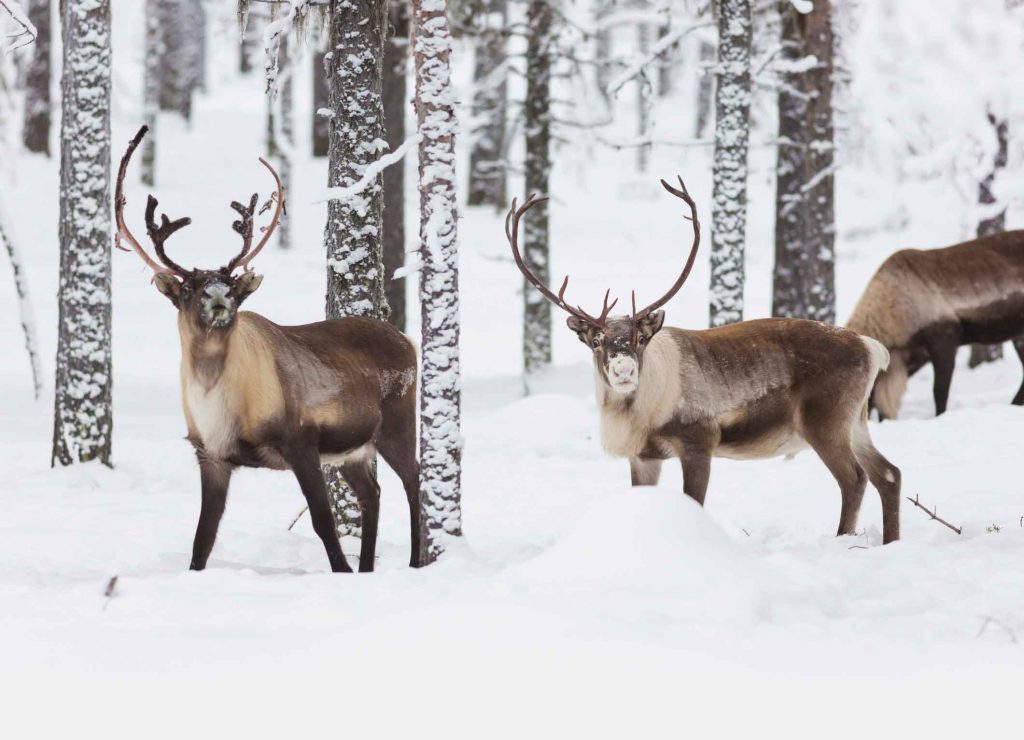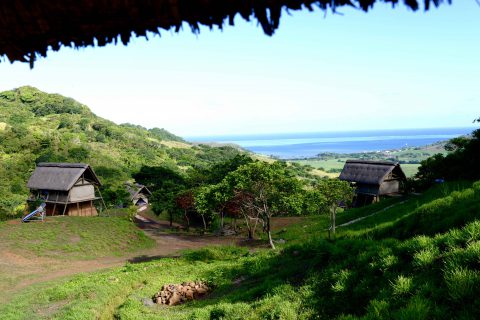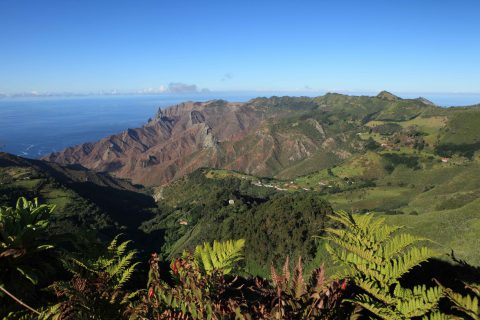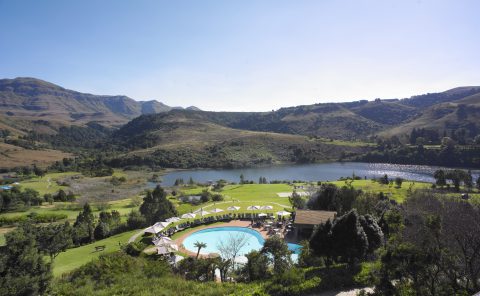Financial Mail Travel
Melt Down
Implausibly, we were driving a car across the ocean at the top of the world.
The car was a sensible Swedish family sedan. Our driver was a sensible Swedish family man. But there was nothing in my experience that could make sense of what we were doing.
Nudging the car down a muddy country road and then cautiously nosing out onto the frozen ocean had been alarming, especially when our host told us matter-of-factly not to wear seatbelts in case we went through the ice and needed to get out quickly.
But this – cruising along a highway of deep, luminously blue ice, with bulldozed mounds of snow forming the shoulders of the road on either side – was almost too much to process.
My colleague and I, now sitting with our noses pressed to our windows (shut in case of sinking) and gazing down at the marbled glitter of the icy blueness under us, had come to Sweden to make a film. Well, maybe. Getting a film made, especially in South Africa, is like building a spider web out of overcooked spaghetti that keeps dissolving into mist. In the end, our spaghetti-web became mist; but in that particular Nordic spring, things were still progressing well enough that we had been flown to Stockholm to meet our potential co-producers and a possible star.
And now we had come even further north, deep into Lapland, right on the edge of the Arctic Circle, to find something even more elusive than deep-pocketed producers: snow.
That was my fault. Being a South African, I had written a script set partially in clean, crisp, snow-blanketed Stockholm, and, being a South African, I hadn’t realised that that was about as realistic as The Lion King. Stockholm is pleasingly clean and relatively crisp, but its snow, it turns out, comes in two varieties: brown slush and non-existent.
The good news, however, was the producers had tracked down a body double for Stockholm: the neat, sturdy little city of Luleå, pronounced Lee-yoo Lee-yaw with a singsong intonation, where the snow floats down and the drifts pile up like something out of a childhood dream of Christmas.
My first glimpses of the place were not quite the stuff of festive fantasy.
Luleå’s most famous attractions are a church and a huddle of proud but grim wooden houses built in the 1400s, which explains why so many Swedes were happy to emigrate to the frozen, barren steppes of the American Midwest: a Minnesota blizzard was just like home.
Then there were the charred and collapsed remains of a MacDonald’s as we reached the city limits. An accident? we asked our host. No, he replied, rather proudly: the locals had burnt it down. Again.
These chilly first impressions, however, were soon melted away by the delightful people of the Lapland Film Commission, or, as I remember it, Santa’s workshop; a cluster of cosy, red sheds bedded down into snowbanks like cherries pressed into white icing, each brimming with warmth, golden light, and charming, earnest people.
Of course, there would be snow, they said. There had always been snow. There would always be snow.
It was a quiet confidence based on experience, but there was something else, too.
Perhaps it was those 600-year-old houses. Perhaps it was the distinctly Viking response to the incursion of McDonald’s. Perhaps it was something in the vast, grey sky or the endless vistas of black conifers poking up through whiteness.
Whatever it was, it felt like a serene, unflappable permanence. Some towns and small cities move at a slow pace because they’re dying. Luleå moved slowly, I felt, because it had all of eternity to get where it was going.
Out on the ice road, we had also slowed. The glittering blue highway had widened into a great expanse of cleared ice, large enough for U-turns, and there, in the middle of the clearing, was a large bulldozer.
This, our driver told us, was where we turned around. He seemed slightly relieved.
Why? we asked, was there a bulldozer parked out here, so far from land?
Well, our driver explained, the bulldozer was very heavy, which made it a useful device for measuring the strength of the ice.
We blinked, and he shrugged. Rather an unmanned bulldozer cracking through and plunging to the bottom of the ocean than a car containing a Swede and two South Africans, right?
Perhaps it was his calm pragmatism, or a sudden realisation of how deep and cold and terribly dark all that water under me was, but that sense of permanence that had so impressed me about Luleå instantly melted away.
It was spring. In a month, this spot would be slush. In another, open water. The bulldozer would have to retreat back to the shore. Santa’s workshop would be a dismal thing surrounded by mud. Only the grim wooden houses would endure, their splinters shivering in the watery sunshine.
The planet changes and we change with it. And if it changes more than we can bear, and we don’t react quickly enough, then the thin, gleaming surface of our civilisation gives way and we plunge into the dark.
I understand the hypocrisy inherent in travelling to the other side of the planet to realise how fragile it is and how transient we are. My flights alone pumped about two tons of carbon into the atmosphere.
But, while travel is going to become much more politically loaded in the years ahead, it will still have the power to teach lessons that might otherwise go unlearned.
I knew that our species is in trouble.
I knew about the ice caps. But having my mortality measured in the thickness of ice – understand that I was only alive because a vast, inexorable process had reached this point rather than that point – well, that was the difference between knowing something and understanding it.
We will still skate across the surface of this melting world. But the great thaw is here, and now we must tread more lightly; there won’t always be a bulldozer showing us where to turn around.





